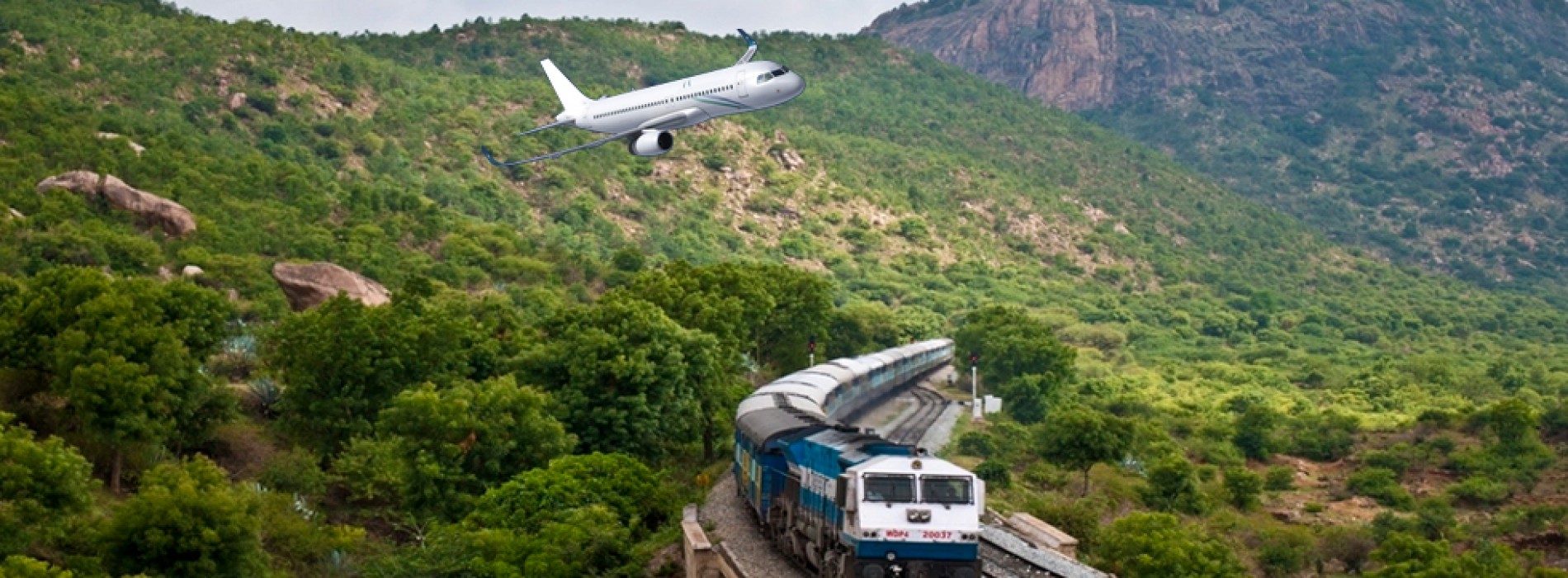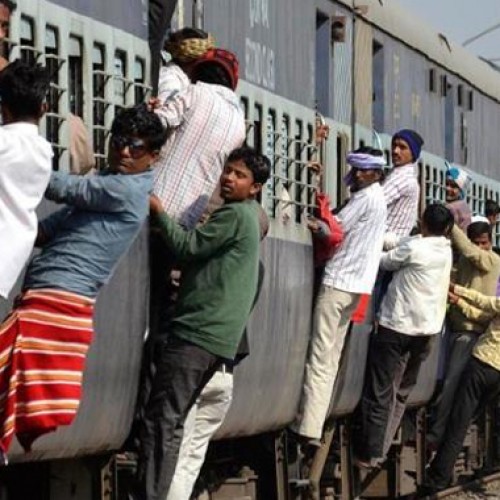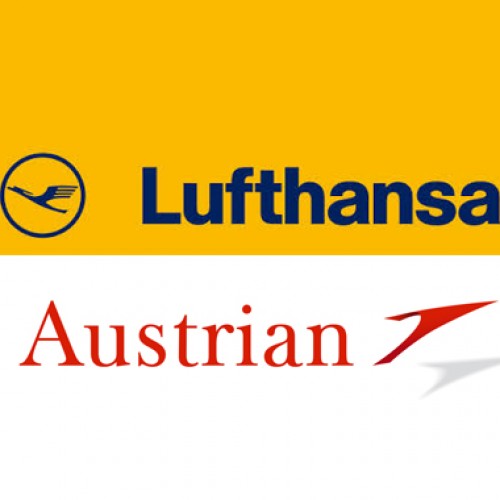Air traffic grows 23%, railways AC travel under 5%
Domestic air traffic is booming but the travel surge seems to have given the railways a miss, especially in the more profitable air-conditioned classes. While air traffic grew 23% to almost 77 million during April-December, the number of passengers travelling in air-conditioned railway coaches, which touched 108 million, grew at less than 5%.
As a proportion of number of passengers travelling in air-conditioned coaches, air traffic was over 71%, which is a record in recent years. Just a year ago, it was a shade over 60%. As a proportion of AC passenger traffic, domestic air traffic used to hover around the 50% mark until 2014-15.
For Indian Railways, passenger traffic is subsidised by freight or cargo with fares, on an average, covering 57% of the cost. Air-conditioned coaches are comparatively less loss-making, although AC three-tier was making profit. A NITI Aayog analysis showed that a couple of years ago, the railways was spending Rs 1.67 for every rupee earned from its passenger business due to its so called social obligation.
But a drop in air fares on the back of a fall in global oil prices, together with the railways’ experiment with dynamic pricing -which made AC travel more expensive for those booking late -meant that it was more attractive to fly. Faced with financial stress, the transporter ignored the decline in AC traffic and chose an easier option of introducing flexi-pricing for AC classes to reduce losses, over-looking the suggestions that it should actually hold fares, where it was vulnerable to competition.
Railways, as of now, controls large market share in suburban travel and long distance non-AC travel, but the state-run transporter succumbed to populist pressures and failed to rationalise fares in air-conditioned segments even as it lost short distance passengers to luxury buses and private vehicles and long-haul to airlines. The transporter was forced to bear the subsidy of around 64% on suburban travel. While this accounts for 54% of passengers, it yielded just 5.7% of passenger revenues in 2015-16.
You might also like
Bosnia and Herzegovina Visa
Explore Bosnia and Herzegovina Visa Information On this page, you will get detailed information about Bosnia and Herzegovina Visa and formalities. Visa Information for the Bosnia and Herzegovina Visa Note
Railways to offer discounts like hotels, airlines; flexi-fare to be revamped: Piyush Goyal
Just like the airlines and hotels, the railways could soon be dishing out discounts on tickets if trains were not fully booked, Railway Minister Piyush Goyal said today, indicating a
Lufthansa and Austrian Airlines going online on short haul and mid-range flights too
Internet access also on inner-European routes Lufthansa and Austrian Airlines starting next phase of testing to include free service to passengers Product launch in the first quarter, initially on 10







